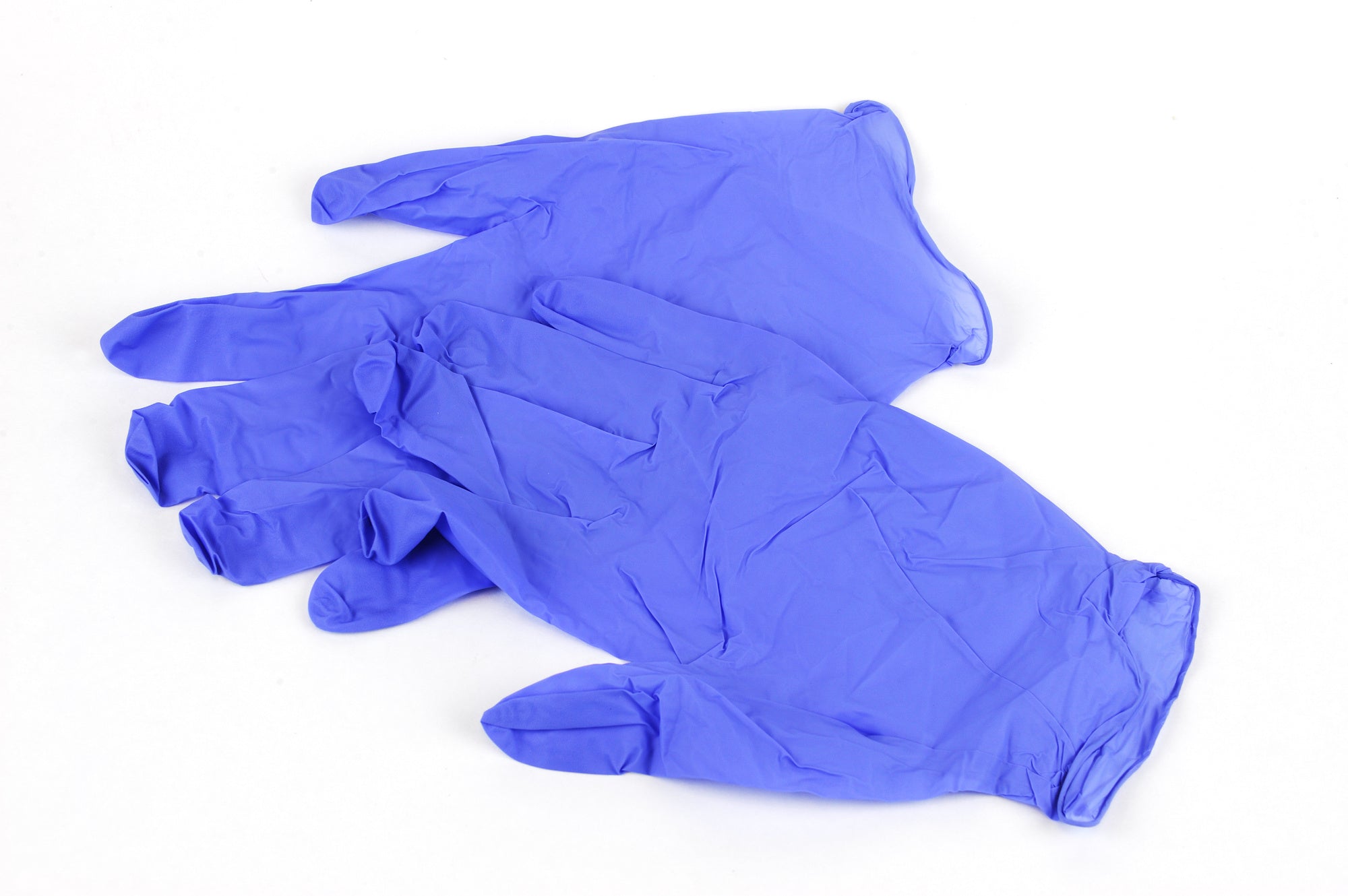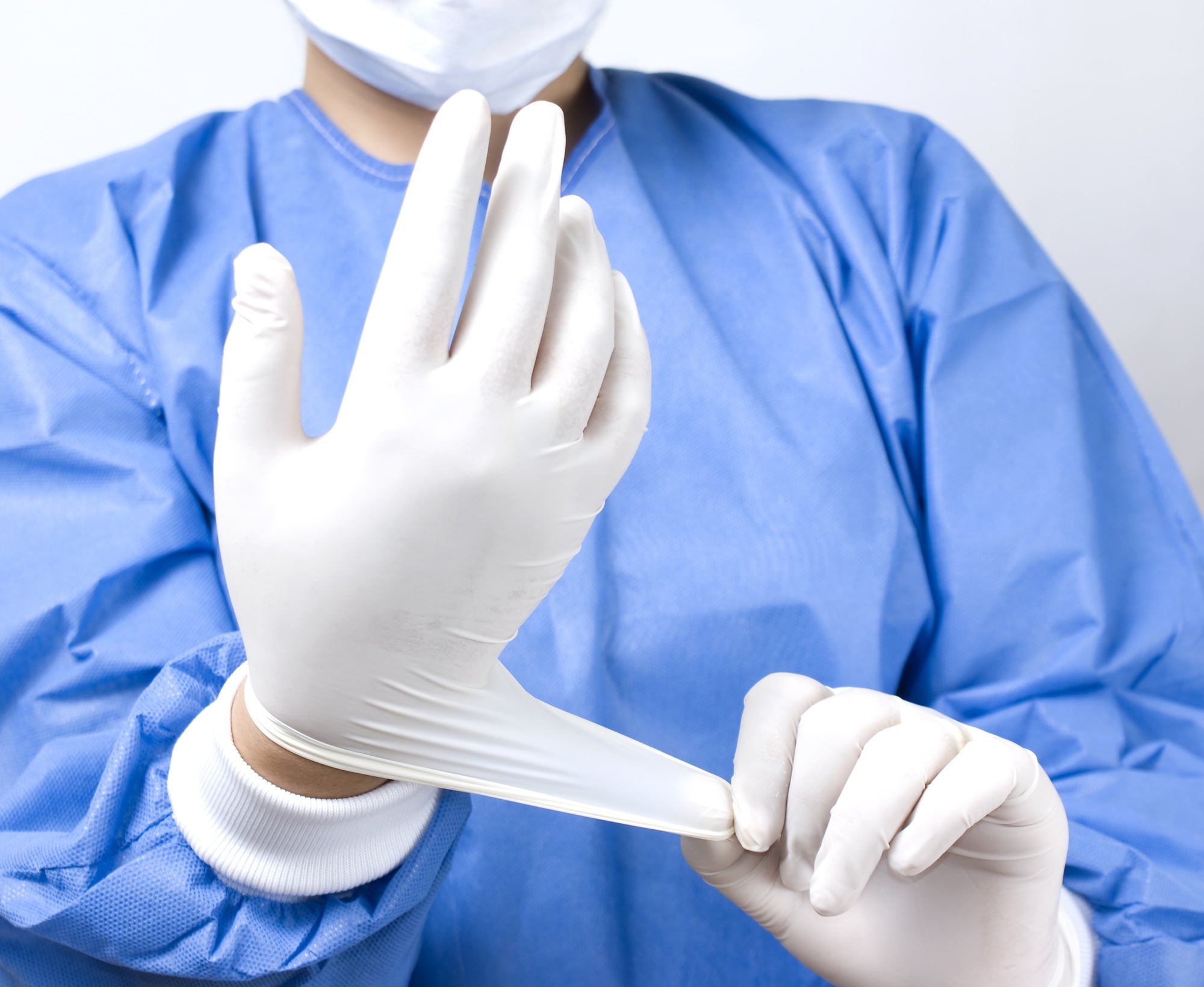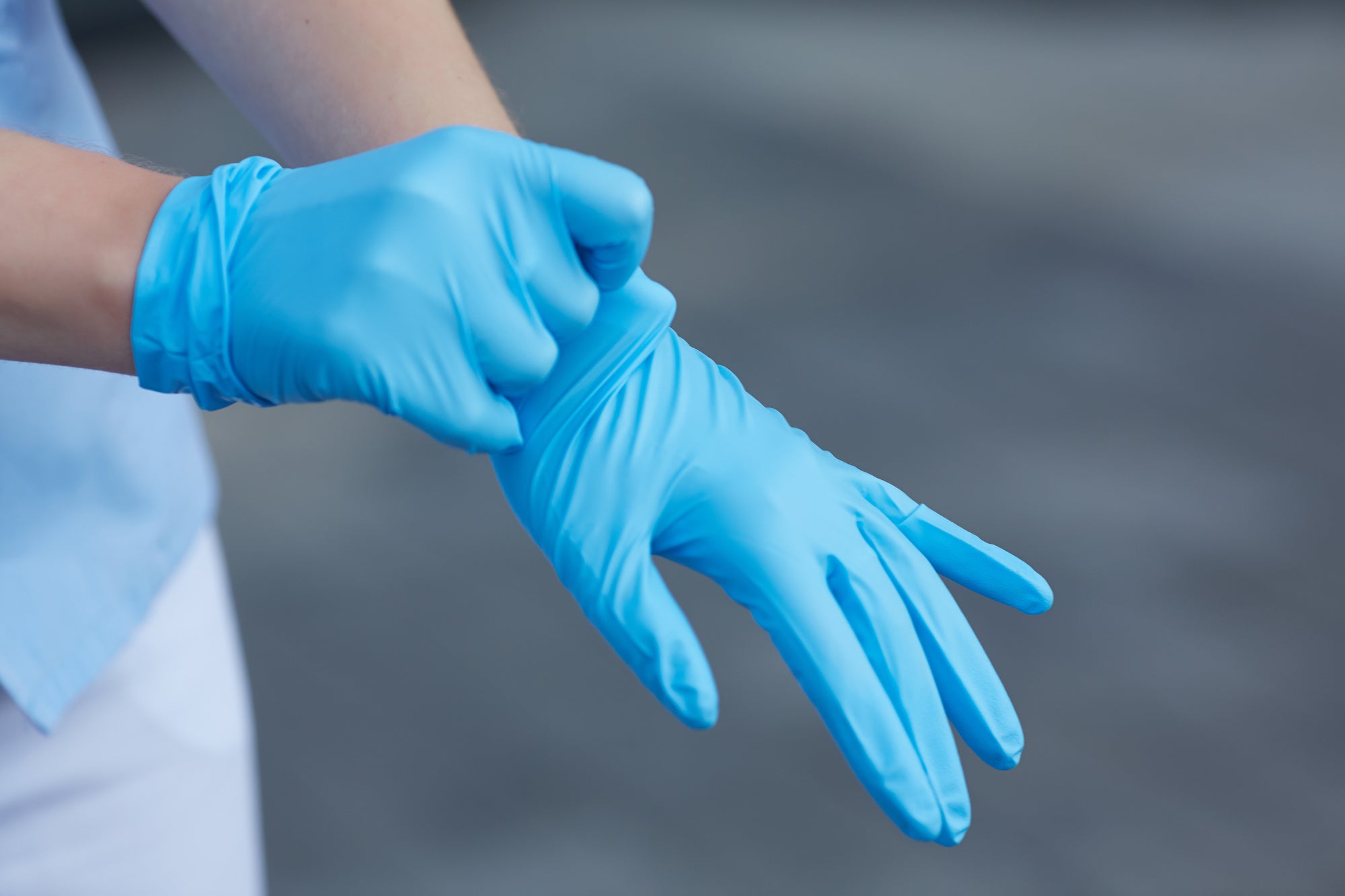
The Advantages of Using Disposable Latex Gloves
Death House.
No, it's not the title of Stephen King's latest blockbuster. And it's not the name of America's scariest haunted attraction. It's what hospitals were called back in the 1800s. Yikes!
They received the morbid label due to the prevalence of infection and spread of disease. The death rate during that time was over 50 percent. And the majority of those deaths weren't due to the original wound.
Without realizing it, the inventor of the first rubber gloves played an influential role in creating a more sterile environment.
Keep reading to discover the unintentional development of sterile surgery. And why the advantages of using disposable latex gloves haven't changed in centuries.
The Background of Latex Gloves
The development of a glove to protect hands finds it's beginnings in the medical industry.
William Stewart Halsted was the first chief of surgery at Johns Hopkins hospital. Many accounts list Dr. Halsted as the first to wear rubber gloves during an operation. Although Halsted is the inventor, it was Caroline Hampton -- Halsted's scrub nurse, soon-to-be wife -- who was the first to use gloves during surgery.
Halsted devised the idea after Nurse Hampton complained about certain disinfectants. The chemicals the hospital used were harsh. The mercuric chloride and carbolic acid caused a severe rash on the nurse's hands. This was later referred to as contact dermatitis.
It soon became common practice for nurses and assistants to wear the protective gloves during medical procedures.
It wasn't until 1899 that Halsted himself began wearing gloves during surgery. What changed Halsted's mind was a report published by his protege, Dr. Joseph Bloodgood.
After performing over 450 hernia operations, Bloodgood had some very significant findings. The use of gloves resulted in a near 100% drop in the infection rate during the procedures.
Halsted reportedly said, "Why was I so blind not to have perceived the necessity for wearing them all the time?" Dr. Bloodgood later became the director of surgical pathology at Johns Hopkins.
Now they are the most common device used in industries requiring hand protection.
Uses for Disposable Latex Gloves
The tight, secure fit of disposable latex gloves offers users a more sensitive feel and touch. Of course, the most basic purpose hasn't changed since the 1800s -- protection for the hands. Here are some of the industries that make latex glove use a part of normal operating procedures.
Health Care
Healthcare professionals across the globe rely on disposable gloves. The gloves provide a barrier between skin and biohazardous material. This includes blood, urine, feces, and saliva. They serve the dual purpose of protecting patients from cross-contamination.
Contact with blood and body fluids is not exclusive to health care providers. Many other professions take advantage of the protective nature of latex. These include EMTs, firefighters, first responders, and police officers.
Dental
There are over 700 different types of bacteria inside the typical human mouth. This natural microflora is essential for a healthy oral cavity.
At any one time, there can be 20-100 billion bacteria inside a typical human mouth. (That's more than the entire Earth's population!) These bacteria are relatively harmless. Yet the possibility of infection still exists if a cut or opening in the skin is present.
Why do dentists and hygienists don latex gloves when examining pearly whites? We just gave you 50 billion reasons.
Veterinary
Unlike (most) humans, a scared or stressed animal has the tendency to piddle right where they stand. That is reason enough for veterinary clinics to provide safety gloves to employees. But there are more serious considerations.
Ever heard of "cat scratch fever?" Besides being a classic Ted Nugent song, it's a real thing. Bartonellosis (catch scratch disease) is a mild human disease. It's caused by the bacterium found in feral cats, rescued strays, and young kittens. The bacterial transfer comes from bites and scratches.
Our furry friends are just as susceptible to contagions as their human counterparts. Ringworm is a very contagious fungal infection. Disposable latex gloves are key to preventing the spread of this common condition.
Tattoo Shops
The job of a tattoo artist is to make you bleed. Some tattoos take hours to design and perfect. This environment opens up the possibilities for exposure.
Tattoo artists are masterful with their ink. They can enjoy the flexibility and natural feel of latex gloves. Yet the gloves do not impede their artistry while offering protection.
Food Service
On the consumer side, we thank Dr. Halsted, who had no idea how popular and useful his invention would become. Food preparation is much safer operation since the adoption of disposable latex gloves.
They also benefit food service workers from chapped and dry skin- a result of the need for constant hand washing when gloves are not used regularly.
Auto Repair
Auto technicians risk exposure to a wide variety of toxic chemicals daily. From carb cleaner to engine additives and antifreeze, the chemicals used to keep a vehicle running are harsh on the skin.
Oil and grease covered technicians hands before using disposable gloves became popular. They had to use abrasive materials to remove oil from their hands and under the fingernails.
The protection is beneficial and they do not sacrifice the fine motor skills required to manipulate engine parts.
The Allergy Issue
Disposable latex gloves are made from the natural materials harvested from rubber trees. This biodegradable material contains proteins which carry antigens (or allergy-inducing toxins).
Manufacturers developed chemical procedures to leach out the majority of these antigenic proteins. But allergic reactions still occur. Especially for those constantly exposed to the material.
For that reason, several non-latex gloves exist today. The alternative materials include:
- Nitrile: A material created from the bonding of two substances - acrylonitrile and butadiene. The scientific name is acrylonitrile-butadiene rubber. Nitrile is a latex-free synthetic compound.
- Vinyl: Made from the same material used to design pipes -- polyvinyl chloride (PVC). A plasticizing chemical, added to give the material, gives it greater flexibility.
- Chloroprene: Commonly referred to by its trademark name, Neoprene. A synthetic material with a chemical structure similar to natural rubber latex. Chloroprene does not trigger allergic reactions.
Form, Fit and Feel
Despite the potential for allergic reactions, disposable latex gloves still remain a top choice. When it comes to hand protection, nothing beats latex for its flexibility and durability.
In fact, non-latex gloves have yet to meet their match in the operating room. Replacing the touch-sensitivity and fine motor control allowed by latex is difficult. Other materials cannot compete.
With more than thirty choices of disposable latex gloves at My Glove Depot, you're bound to find the right glove to fit your needs and your style.
We've got your hands covered.





